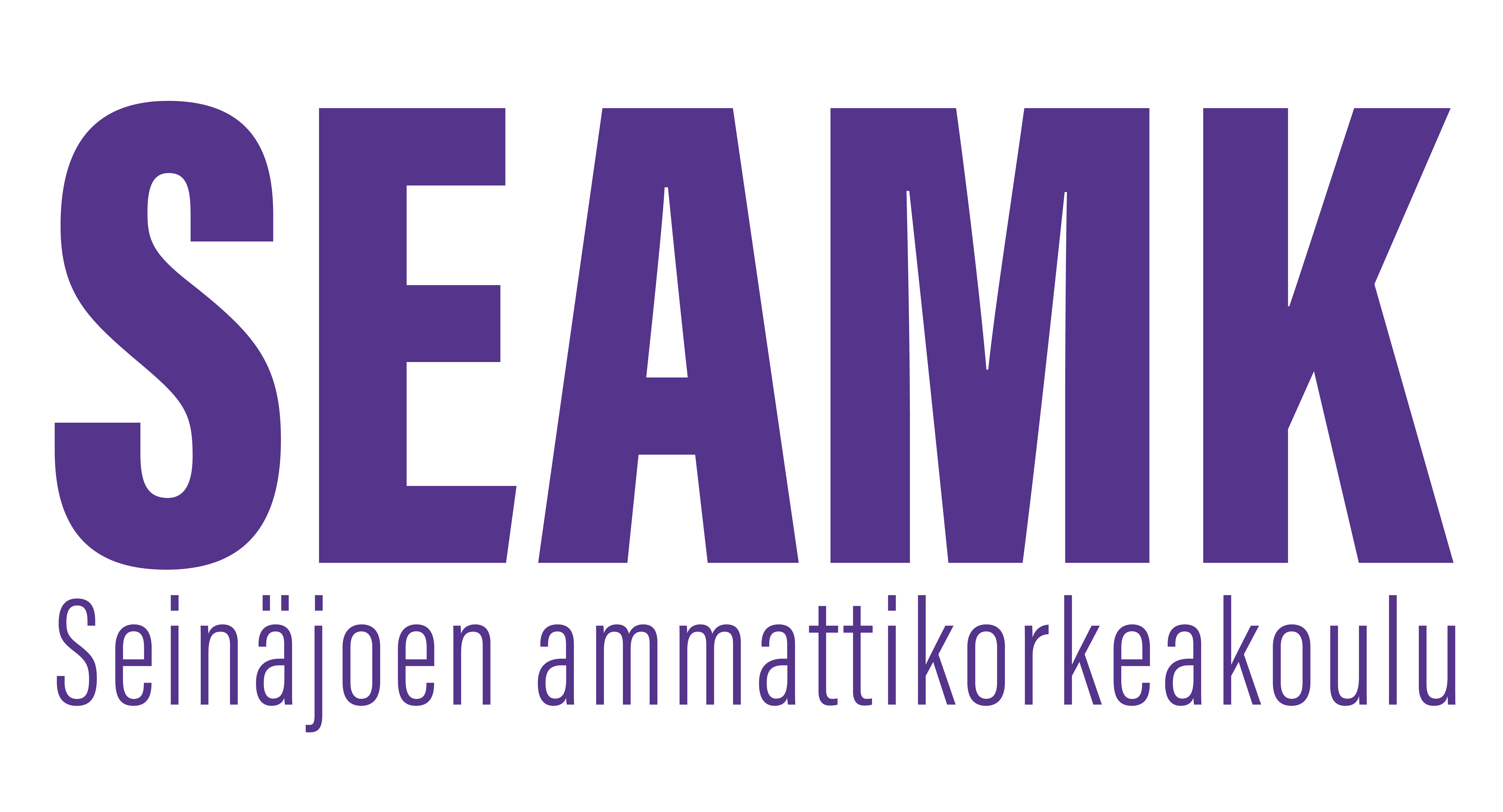Likviditeettihallinto (2op)
Toteutuksen tunnus: LT00DK15-3001
Toteutuksen perustiedot
- Ilmoittautumisaika
- 22.04.2025 - 08.10.2025
- Ilmoittautuminen toteutukselle on päättynyt.
- Ajoitus
- 31.10.2025 - 05.12.2025
- Toteutus on päättynyt.
- Opintopistemäärä
- 2 op
- Lähiosuus
- 2 op
- Toteutustapa
- Lähiopetus
- Yksikkö
- SeAMK Liiketalous ja pk-yrittäjyys
- Toimipiste
- SeAMK Seinäjoki, Frami
- Opetuskielet
- suomi
- Koulutus
- Tradenomi (AMK), Liiketalous
Arviointiasteikko
1-5
Tavoitteet
Opiskelija osaa määritellä yrityksen maksuvalmiuden hallintaan liittyvät peruskäsitteet. Hän osaa esittää likviditeettihallintoprosessin eri vaiheiden suunnittelun ja toteutuksen. Hän osaa laatia maksuvalmiuden hallintaan liittyviä laskelmia ja arvioida niiden hyödyllisyyttä päätöksenteossa. Hän osaa käyttää maksuvalmiuden tunnuslukuja ja niiden tulkintaohjeita yrityksen likviditeettitilanteen arvioinnissa. Opiskelija osaa arvioida kokonaisvaltaisesti tehokkaan likviditeettihallinnon merkityksen yrityksille ja muille organisaatioille.
Sisältö
- likviditeettihallinnon käsitteet ja peruskysymykset
- likviditeettihallinnon merkitys yrityksille ja muille organisaatioille
- likviditeettihallinnon organisointi ja prosessit
- likviditeettihallinnon toteutusperiaatteet: ostovelkojen hallinta, luottohallinto, kassahallinto, maksujärjestelmät, kansainvälinen likviditeettihallinto
- likviditeettihallintopalvelujen tarjoajat
- likviditeettihallinnon asiantuntijan teemahaastattelu
Oppimateriaalit
- Maness, T.S. and Zietlow, J.T. 2004. Short-term Financial Management.
- opettajan materiaali (Moodlessa: https://moodle.epedu.fi /)
Opetusmenetelmät
Luennot ja harjoitukset
Opiskelijan ajankäyttö ja kuormitus
Luennot ja harjoitukset 16 h
Itsenäinen työskentely 38 h
Arviointikriteerit, tyydyttävä (1)
Opiskelija on suorittanut annetut tehtävät/osiot. Opiskelija osaa määritellä yrityksen maksuvalmiuden hallintaan liittyvät peruskäsitteet. Hän osaa esittää likviditeettihallintoprosessin eri vaiheiden suunnittelun ja toteutuksen. Hän osaa käyttää maksuvalmiuden hallintaan liittyviä peruslaskelmia ja arvioida niiden hyödyllisyyttä päätöksenteossa. Hän osaa käyttää maksuvalmiuden tunnuslukuja ja niiden tulkintaohjeita yrityksen likviditeettitilanteen arvioinnissa. Opiskelija osaa arvioida likviditeettihallinnon merkityksen yrityksille ja muille organisaatioille.
Arviointikriteerit, hyvä (3)
Opiskelija on suorittanut annetut tehtävät/osiot hyvin ja on osallistunut aktiivisesti opintojaksoon. Opiskelija osaa määritellä yrityksen maksuvalmiuden hallintaan liittyvät peruskäsitteet. Hän osaa esittää likviditeettihallintoprosessin eri vaiheiden suunnittelun ja toteutuksen. Hän osaa käyttää monipuolisesti maksuvalmiuden hallintaan liittyviä laskelmia ja arvioida niiden hyödyllisyyttä päätöksenteossa. Hän osaa käyttää maksuvalmiuden tunnuslukuja ja niiden tulkintaohjeita yrityksen likviditeettitilanteen arvioinnissa. Opiskelija osaa arvioida tehokkaan likviditeettihallinnon merkityksen yrityksille ja muille organisaatioille.
Arviointikriteerit, kiitettävä (5)
Opiskelija on suorittanut annetut tehtävät/osiot kiitettävästi ja on osallistunut aktiivisesti ja rakentavasti opintojaksoon. Opiskelija osaa määritellä tarkasti yrityksen maksuvalmiuden hallintaan liittyvät peruskäsitteet. Hän osaa esittää loogisesti likviditeettihallintoprosessin eri vaiheiden suunnittelun ja toteutuksen. Hän osaa käyttää monipuolisesti ja kriittisesti maksuvalmiuden hallintaan liittyviä laskelmia ja arvioida niiden hyödyllisyyttä päätöksenteossa. Hän osaa käyttää kriittisesti maksuvalmiuden tunnuslukuja ja niiden tulkintaohjeita yrityksen likviditeettitilanteen arvioinnissa. Opiskelija osaa arvioida kokonaisvaltaisesti tehokkaan likviditeettihallinnon merkityksen yrityksille ja muille organisaatioille.
Esitietovaatimukset
Taloushallintokokonaisuudet 1 - 2
